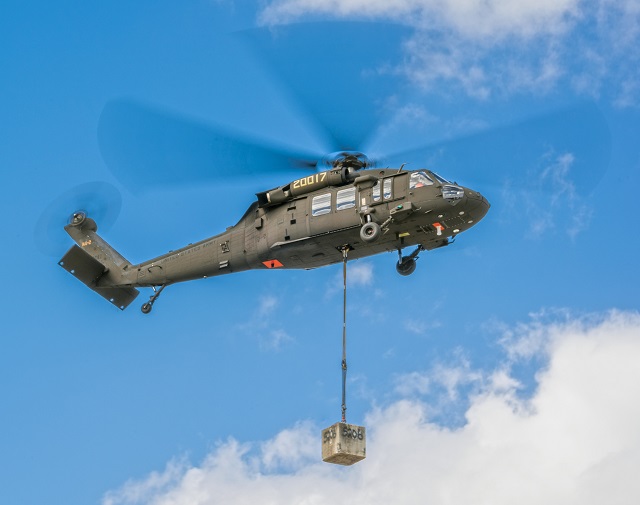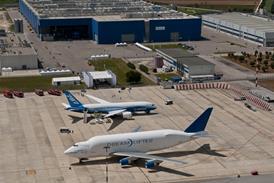The US Army has no plans to ferry troops into war zones aboard unmanned helicopters, but will push autonomous and remote-controlled flight technology for cargo delivery, although it's not a near-term priority, service officials say.
Just as the US Air Force and Navy are grappling with the idea of sending unmanned fighter jets into battle, the army faces similar ingrained preconceptions about the role of pilots in combat.
“The questions about unmanned helicopters with crews in the back; there’s a level of trust there we won’t break,” the army’s capability manager for unmanned aircraft systems Col Paul Cravey tells Flightglobal in an interview. “We’re not putting soldiers in the back of helicopters without our aviators flying in the front.”
Unmanned helicopters are often touted as the ideal solution for breaking into hostile territory without risking the lives of aircrews, but these concepts do not extend to rescuing or transporting soldiers, the army claims.

Sikorsky's UH-60A "Autonomous Hawk" was introduced in 2013.
Lockheed Martin Sikorsky
Several companies including Boeing and Sikorsky have at one time or another demonstrated unmanned helicopter technologies, with Boeing producing the H-6U “Unmanned Little Bird” and Sikorsky creating an optionally-piloted UH-60A “Black Hawk” based on its Matrix and Mural autonomy programmes.
The Marine Corps and Navy are developing similar software and hardware through their Lockheed/Kaman K-MAX and Northrop Grumman MQ-8B/C Fire Scout programmes, with the latter based on the Schweizer 333 and Bell 407 platforms.
Cravey says with limited resources, opportunities to bring unmanned helicopters online for cargo resupply and incorporate them into future strategies and operating concepts are limited. In its 2010-2035 roadmap for UAS, the army imagined UAVs providing about 25% of aerial logistical resupply in the "mid-term".
One limiting technology is autonomous landing, which the Office of Naval Research is trying to overcome through its Autonomous Aerial Cargo Utility System (AACUS), demonstrated on the Little Bird and K-MAX.
“It has not raised to the level of priority where we’re looking at that,” Cravey says. The focus right now is on rolling out the current strategy, he says, which prioritises manned-unmanned teaming with the Boeing AH-64 Apache for armed aerial scout missions, plus upgrading and adding new weapons to already-fielded fixed-wing UAVs.
The army’s new chief of staff Gen Mark Milley last week expressed strong interest in convoys of autonomous ground vehicle for cargo resupply, delivering “water, beans and bullets” to troops.
He says pilotless helicopters are less technologically challenging because of the complex terrain those ground vehicles must navigate, but the bigger challenge for rotorcraft is perhaps institutional.
“We might wait for the air force to go first; see how their pilots fare with it,” he quipped.
In terms of swarms of small UAVs for resupply of smaller ammunition and medical packs, Cravey isn’t sold on that technology. “We haven’t been handed that just yet,” he says, pointing instead to advances in nanotechnology for peeking around corners to spot indoor threats, as well as new sensors for the AeroVironment Raven and Puma.
Source: FlightGlobal.com























